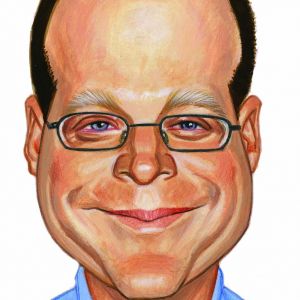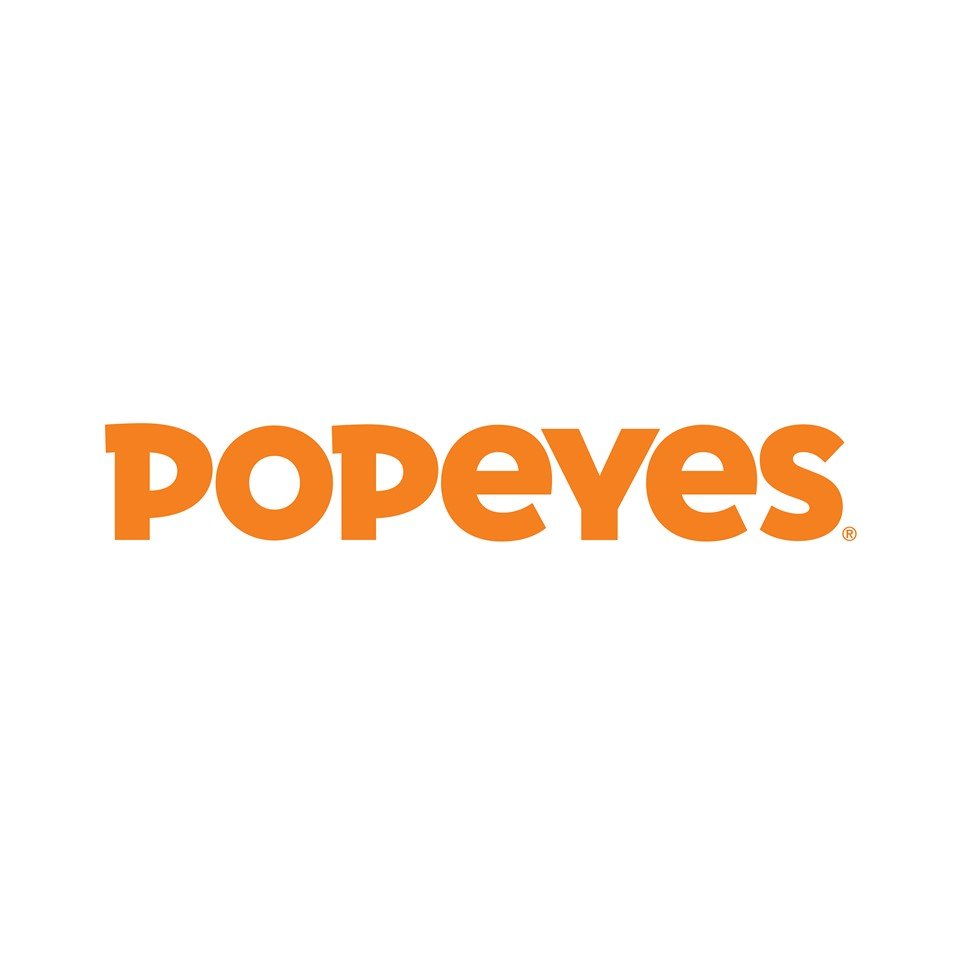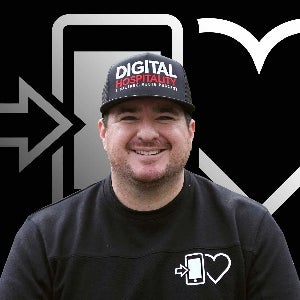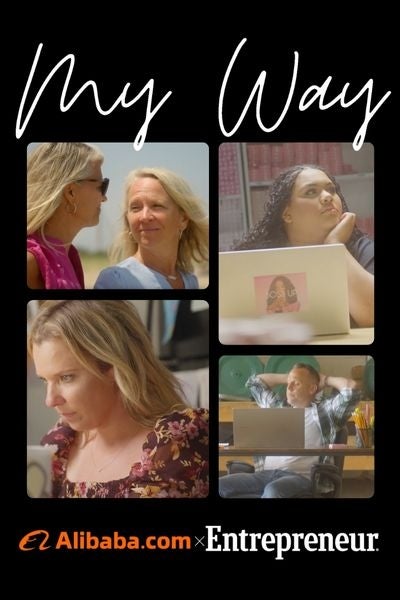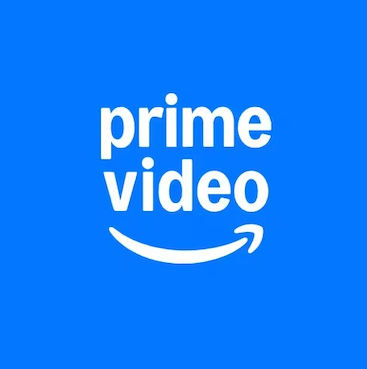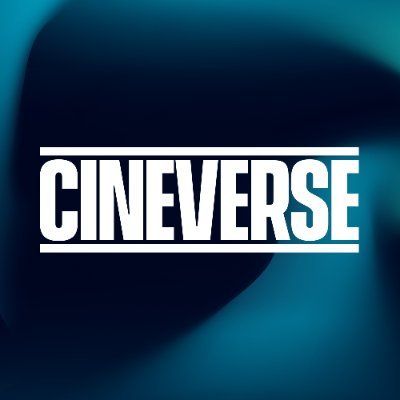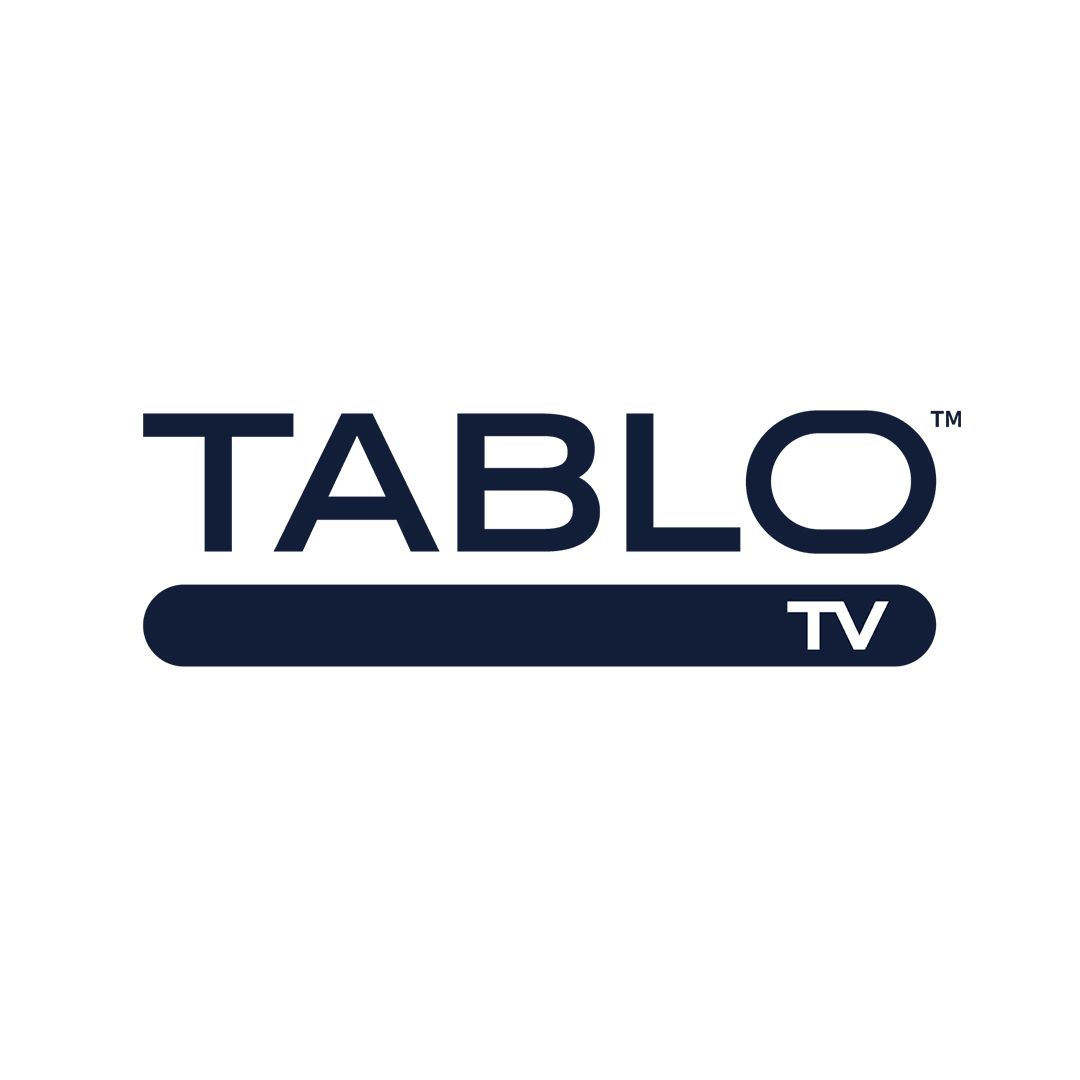A Major Theme Park Is Opening in the U.S. for the First Time in 25 Years. Here's What to Expect.
Universal Epic Universe opens in Orlando, Florida, on May 22.
She Kept Her Garage Side Hustle a Secret — Then It Hit $10K a Month Using This 'Stealthy' Strategy
Hilary Hoffman turned her garage into a gym, her nights into work sessions and her own unmet needs into a successful business.
The 3 Biggest Mistakes That Made Me a Better Entrepreneur
In my journey as an entrepreneur, I made three major mistakes that, at first, seemed like setbacks — but they ultimately shaped me into a stronger, more strategic business leader.
Featured Voices
How Successful Leaders Get More Done in Less Time
Become a featured writer on Entrepreneur by applying to join Entrepreneur Leadership Network >
These Tech Trends Will Shape How Small Businesses Achieve Success — Are You Embracing Them?
As digital tools continue to evolve, small businesses must assess which technologies align with their business goals to drive efficiency, growth and customer satisfaction in an increasingly tech-driven landscape.
Is Your Small Business Actually Ready to Adopt AI? This Company's Experience Reveals Why Preparation Is Everything.
Proper preparation for employing AI is the most important part of the process.
Feel Like Your Business Is Destined to Stay Small? Here's How to Break Through and Unlock Explosive Growth.
Follow these marketing principles to take your small business to new heights.
Explore the 2025 Franchise 500Ⓡ List
Entrepreneur's 46th annual Franchise 500Ⓡ ranking shines a light on the unique challenges and changes that have shaped the franchise industry over the last year -- and how franchisors have adapted and evolved to meet them.
See the listBrowse Franchise By Category
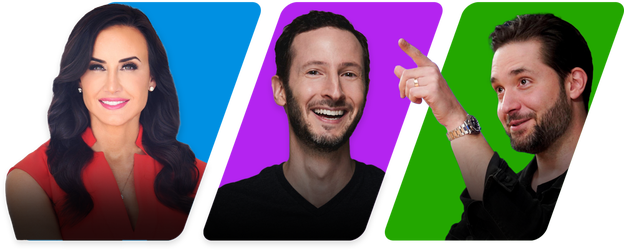
The CEO of Thomson Reuters Is Betting Big on AI-Driven Innovation. Here's What Every Leader Can Learn From His Approach.
In this episode of The CEO Series, Thomson Reuters CEO Steve Hasker discusses AI, integrity, the future of work and the intersection of journalism and corporate business.
How a 'Finance Guy' and 'Restaurant Guy' Joined Forces to Invest in Over 55 Companies
Branded Hospitality's unique blend of friendship, investment focus and a 'it takes a village' mindset is helping brands grow with purpose.
How a Jersey Kid Grew His Restaurant Business Into a West Coast Powerhouse
Brad Wise discusses the power of trust, the balance between growth and hospitality and the surprising crossover between running a butcher shop and a restaurant.
Most Creators Are Doing Brand Deals Wrong — And This Sponsorship Expert Has Some Advice for Them
Justin Moore discusses how to perfect a pitch, what brands care about and why storytelling is still a prized commodity.
Carousel
Carousel-

Entrepreneur Elevator Pitch
Your favorite pitch show is back with new entrepreneurs pitching Entrepreneur's investors. -

My Way
Spotlighting entrepreneurs who were able to utilize the global giant's capabilities to create, launch and grow their dream businesses. -

America's Favorite Mom and Pop Shops™
In partnership with Walmart Business, Entrepreneur’s editor in chief Jason Feifer goes on a cross-country road trip to visit thriving mom and pop shops and discover the keys to their success. -

The CEO Series
An original content series produced by Salvi. Each episode profiles a business leader and their respective business. The series provides a humanizing look into the CEOs personal story, mindset and their business and industry. -

Beyond Unstoppable
Hosted by bestselling author Ben Angel, Beyond Unstoppable is a transformative exploration into biology, psychology, and technology. -

Securing Your Success
Securing Your Success, a series that highlights small business success stories and the importance of connectivity within entrepreneurship, is sponsored by Comcast Business. -

Restaurant Influencers
Every week host and restaurant owner Shawn P. Walchef talks with leaders in restaurant and hospitality about their secrets to finding success with customers and growing a brand online. -

No Drama Office
Working in an office can be crazy — but it doesn't have to be! In this new comedy series, watch as people learn to navigate the twists and turns that come with the nationwide return to the workplace. -

How Brands Are Born
How Brands Are Born with Kristen Aldridge features the origin stories behind the world’s most impactful brands.
Entrepreneur TV is Available on
Your Favorite Apps
EntrepreneurTV offers original shows ranging from high-stakes investment, documentaries, behind-the-scenes looks at major brands, tips for starting your company and much more. 24hrs a day, 7 days a week.
Watch nowHumanize Automation: How Customer Data Can Transform Customer Experiences
In this free webinar, we'll unlock the secret to personalization at scale with AI and data-driven insights.
Maximize Your Marketing Impact on a Shoestring Budget
Join Nilofer Vahora, CMO of amika, on April 30th for an exclusive session on leveraging cost-effective marketing strategies that deliver big results without breaking the bank. Register now!
How to Create Stories That Elevate Your Brand
Join us May 1 for a high-impact workshop and discover how you can turn simple ideas into scroll-stopping videos that connect with your audience and grow your brand.
Two Microsoft Apps People Can't Stop Talking About—Now Down to $15
Try Microsoft Project or Microsoft Visio at all-time low prices.
Bring Your Business Meetings and Admin Work on the Go With This MacBook Air
At less than three pounds and with a price tag of less than $200, it's the ideal secondary device for any entrepreneur or professional.
There's No Need to Hire a Professional Photo Editor for Your Business When You Have Luminar Neo
It comes with six add-on packages with presets and filters.
The Top 10 Ways Small Businesses Can Make Money This Year
Experts share the small business trends they believe will make a difference to entrepreneurs' bottom line.
I Was a Buyer for Target and Watched Many Brands Go Bankrupt. Here's the Dark Side of Landing on 10,000 Shelves.
Founders often think about retail benchmarks all wrong. Once they realize their mistake, it's too late.
Do You Get Overwhelmed While Traveling? These Tech Products Can Make It Stress-Free.
From an unlosable pencil to a backpack that lets you over-pack, these products can help you keep it together.
Want to Manufacture Your Products in America? Three Founders Share Hard Truths On What It Takes.
Manufacturing in the U.S. today is not simple or cheap. "There is no playbook. You just need to be willing to jump in the deep end and figure it out."










